A customer in Congo customized 60W solar streetlights. While some areas of Congo have limited grid coverage, they possess abundant solar resources, with an average daily sunshine duration of 6-8 hours, providing a natural advantage for the efficient operation of solar streetlights. The 60W model of streetlights delivered this time uses high-efficiency monocrystalline silicon solar panels with a photoelectric conversion efficiency of over 23%, enabling efficient energy storage even in cloudy weather. Equipped with a 120Ah lithium iron phosphate battery, it supports continuous operation for 3-5 days in cloudy or rainy conditions on a full charge, perfectly suited to the local climate. LEADRAY's solar streetlights are specifically designed to address the high temperatures, heavy rainfall, and dust storms characteristic of Congo, with each streetlight undergoing targeted reinforcement design. The lamp body is made of aerospace-grade aluminum alloy, treated with both anodizing and electrostatic spraying processes to form a dense protective layer. This layer not only withstands temperatures exceeding 38°C under direct sunlight but also effectively isolates it from rainwater erosion and dust accumulation, achieving an IP67 protection rating. The lamp chips utilize high-efficiency LEDs with a luminous flux of 6000lm, ensuring uniform illumination that meets road lighting standards. It also supports both light-controlled and time-controlled modes, allowing for precise adjustment of lighting time according to local schedules to avoid energy waste. Considering the complex road conditions in some parts of Congo, we customized triple-protection packaging for each street light: the lamp body is first placed in a thickened PE bag to prevent moisture and scratches; then, it is placed in a custom foam mold to precisely secure the lamp post, solar panel, and other components, preventing bumps and collisions; finally, it is packed into a five-layer corrugated cardboard box, with "Fragile" and "Here" markings printed on the outside, along with unloading instructions in the local Congolese language. For precision components such as the solar panels, we added wooden pallets for additional support, ensuring absolute safety during long-distance transport. Beyond the product itself, we prioritize end-to-end service support. The accompanying materials for this batch of streetlights include not only expansion bolts and terminal blocks suitable for the local installation environment, but also multilingual (French + the main local language) installation manuals and maintenance guides, clearly indicating foundation construction dimensions, wiring steps, and troubleshooting methods for common problems. Addressing potential installation challenges for our Congolese customers, our technical team has prepared remote guidance solutions in advance, providing real-time answers to questions via video conferencing to ensure the streetlights are quickly deployed and operational. The delivery of this batch of 60W solar streetlights is not just a product delivery, but also the starting point of LEADRAY's collaboration with our Congolese customers. We understand that in rural Congo, a stable streetlight makes children's return from evening study safer; in community squares, bright light extends people's activity time and invigorates neighborhoods; and on remote roads, continuous illumination enhances nighttime safety, contributing to local livelihood improvement and economic development. From our production facilities in China to the land of Congo, LEADRAY consistently focuses on "locally tailored lighting solutions," transforming solar energy resources into readily accessible light. We look forward to these streetlights shining brightly in Congo, and we also hope to take this cooperation as an opportunity to work hand in hand with our Congolese customers to cultivate the local lighting market, using green and energy-saving "Made in China" products to illuminate more hope for the development of the African continent.
Read More









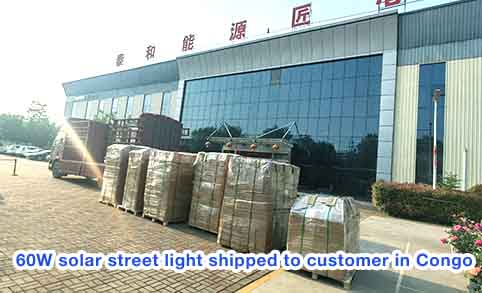
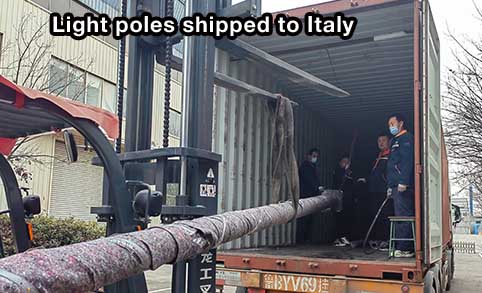
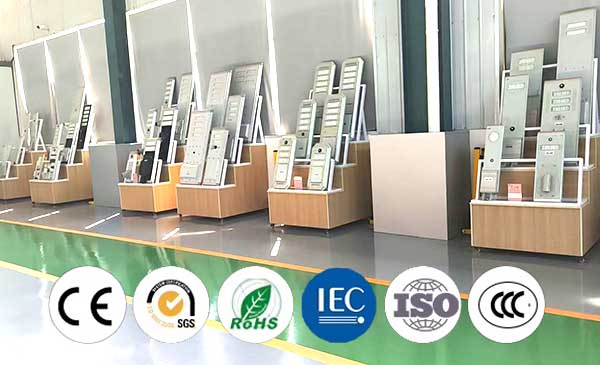
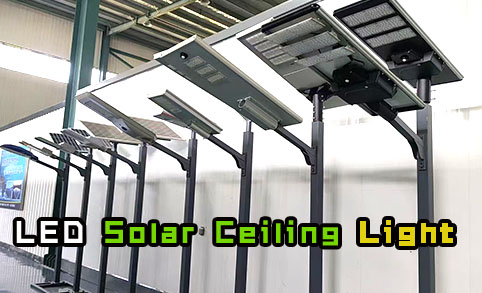

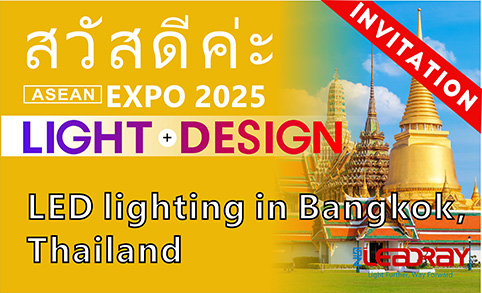
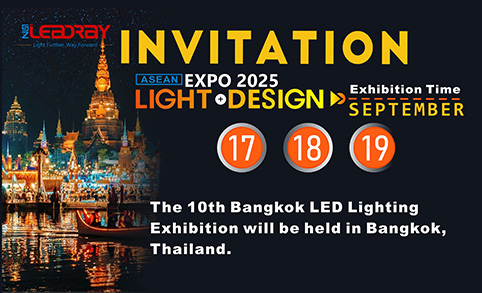
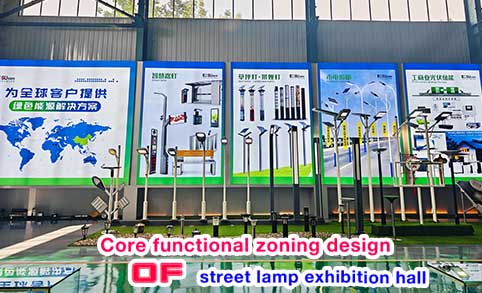
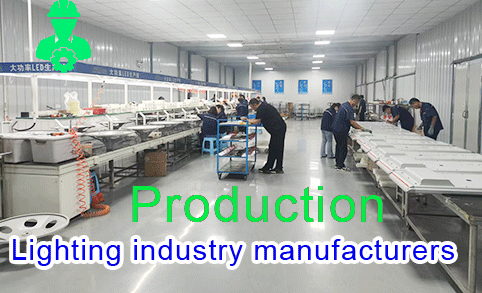
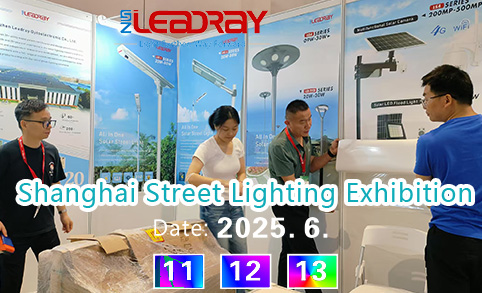
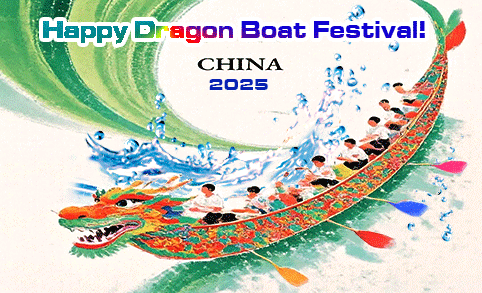
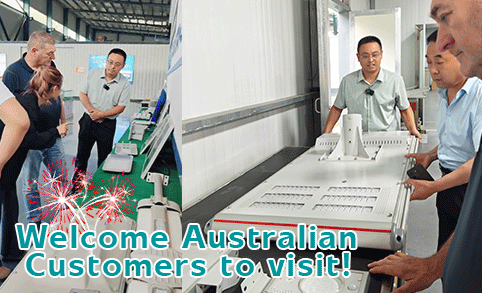








 IPv6 network supported.
IPv6 network supported.
